To marvel at the impressive rock towers of Torres del Paine in the first daylight? To watch a puma stalking a guanaco? To be amazed by the fact that such fragile looking plants manage to survive in this rough preandean climate? To indulge in the spectacle provided by a small lagoon in the middle of the Patagonian steppe, which offers food and habitat to countless birds of many different species? And all this without even stepping one meter into Torres del Paine National Park? That’s exactly what we were able to experience and enjoy as part of our recent family trip.
Laguna Amarga is probably the best place on earth for puma observation in the wild. Nowhere else the population density is as high as on this Estancia (Ranch). The fact, that all this is sourrounded by the splendid scenery of the Paine massif and the famous rock towers, and imbedded into the caracteristic landscape of the Patagonian steppe, makes this experience even more intense and unique. Until recently, it was common practice that the land owners hunted pumas, in order to avoid that those kill their sheep. Meanwhile, however, there has grown a new generation on the Estancias, advocating for a tolerant cooperation. It thus has become possible that interested guests watch the pumas in their natural habitat while on the same Estancia there is being practiced livestock farming, whereupon the sheep are being guarded by livestock guardian dogs, so that they don’t fall prey to the pumas.
Watching pumas is a byword for getting up early and/or staying up until late. The cats hunt during dusk and dawn, thus benefiting from the fact that the guanacos, their main prey, have a very reduced vision in hours with little daylight. However, being up early or until late is more than compensated by the sighting of such an elegant and elusive animal in the wild. Furthermore, one almost feels like in a dream when, on top of it, the first rays of sun tinge the gorgeuos Paine massif with a warm, reddish light.
The Sierra Baguales is a relatively small mountain range with east-west orientation, on the border between Chile and Argentina, some 130 km (80 mi.) northeast of Puerto Natales. It stands out for its untouchedness, incredible beauty and its geological and paleontologic treasures. The sediment layers, which have been revealed by wind and water erosion over millions of years, are full of fossils.
The composition of our group couldn’t be more to the purpose and beneficial for exploring such a diverse place as the Sierra Baguales: A botanist, an ornithologist / photographer, a geographer and a guide, familiar with the palce. Every now and then, the botanist kneels or lays on the ground in order to contemplate a specific plant at close range. Even though he is an associate professor at an academic laboratory for botany and therefore has an enormous knowlegde, he finds several plants completely new to him. He even assumes that some of them are endemic to this area and cannot be found elsewhere in Chile.
The ornithologist finds its bliss while observing and photographing the Grey-hooded Sierra Finch, the White-throated Caracara or the Chocolate-vented Tyrant.
Me as a geographer, I’m riveted on the stunning beauty of the landscape, which forms an impressive backdrop for the fauna and flora. Specacular mountain peaks, tors, gentle U-valleys of glacial origins and meandring creeks lie close one to each other. Patches of Anarthrophyllum desideratum with its intensely red flowers, shiny yellow Oreopolus glacialis or purple Primula magellanica contrast with the golden grass (e.g. Festuca gracillima).
From time to time there appears a guanaco on the ridge. An eagle flies majestically through the air. I’m hinking through this deserted landscape, lost in thought, letting all the impressions act on me. What might have it looked like some millions of years ago, when all the plants and animals we see now as fossils, were populating this area? How will this region be like in a few hundert thousand years? How will our children’s generation find and experience the Sierra Baguales? Incredible, how powerful and persisting the forces of wind and water need to be in order to form such spectacular landscapes.
Awasi Patagonia is a firstclass hotel in every sense. Its villas are surrounded by the characteristic magellanic forest but at the same time offer fantastic views to the rock towers of Torres del Paine. Furthermore, they impress with great architecture and infrastructure as well as very professional and personalized service. On our day of departure, at sunrise, I make for the ridge of Sierra Contreras, virtually the local mountain of Awasi. The first hour ist a gentle walk mainly through a lenga beech (Nothofagus pumilio) forest. While hiking, I’m always wary of pumas. Unfortunately (or thankfully…? After all, I’m on the way by my own) I don’t see any. Instead, there are frequently Austral Thrushes bearing me company. It’s interesting to see that the bill of the local individuals is of a much less intense yellow colouring than the one of the Austral Thrushes living for example in the coastal area of the Straits of Magellan.
While walking placidly along the path at daybreak, I see one-to-one how the trees’ morphology changes within very short distances. At times, they are mighty, well developped and some 8 to 10 m (26 to 33 ft.) high. Only a few minutes later, I stand in front of individuals of exactly the same species, but hardly taller than I, moreover knobby and growing in an inclined position. Thus, the wind’s influence on the tree growth is obvious and unambiguous. The prevalent winds, on their part, are closely related to the terrain’s morphology, as the latter determines the extent of a given site of being exposed or not to (strong) winds. Speaking of winds: As soon as I leave the forest and step into the open ground, massive winds strike without mercy against me. I close my jacket’s zipper completely, tighten the hood, even though I’m already wearing a wollen hat, and put my hands in the pockets, thus giving them an extra-protection additionally to the gloves which are put since the very beginning of my tour. I go on hiking at a good pace. At the outset, there is something like a small path discernible. Later on, I’ll have to find my way through the scree by my own. There are only very few plants up here. A fact hardly astonishing, given this harsh and hostile climate.
The terrain is steep and, due to all the unconsolidated rock, slippery. It’s therefore crucial always to choose an good spot where to put the foot before making the next step. However, this isn’t as easy as it may seem. The violent and irregularly occuring gusts of wind often bring me to a tilt, so that the main purpose of my following step is regaining the balance. Obviously this isn’t always in conformity with the step I would have made on the basis of my alpine experience. On the top of the Sierra Contreras ridge, an amazing panorama is waiting of me. There are mountains wherever I look at, most of them with snowcovered peaks. In the flats, there are apparently endless steppes, decorated by lakes and lagoons as well as one or another river. Between the mountains and the plains, the dense magellanic forests look like green carpets hanging on the slopes. The stormy winds don’t really invite to an enjoyable abidance on the top. That’s why I start my descent shortly after arriving. I will live on the experiences made this morning for a long time. On the way down, I go on absorbing as many impressions as possible, full of gratitude and admiration. The gorgeous panorama on the ridge of Sierra Contreras; the extremely robust plants which manage to survive here; the indefatigable guanacos, which apparently consider no habitat to be too hostile; the rough climate; the desertedness.



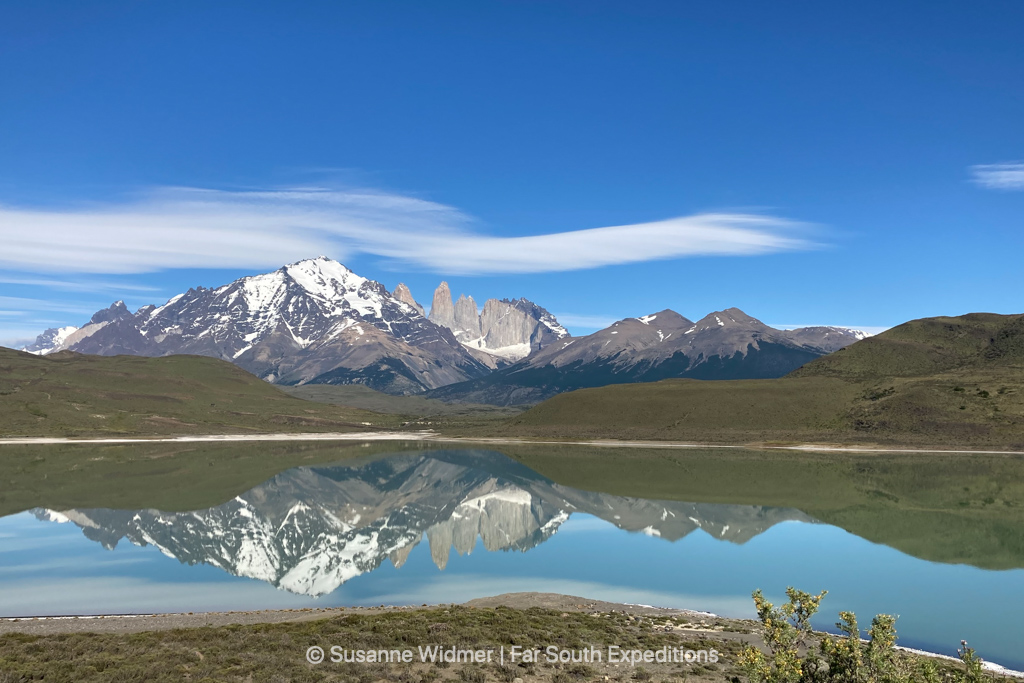
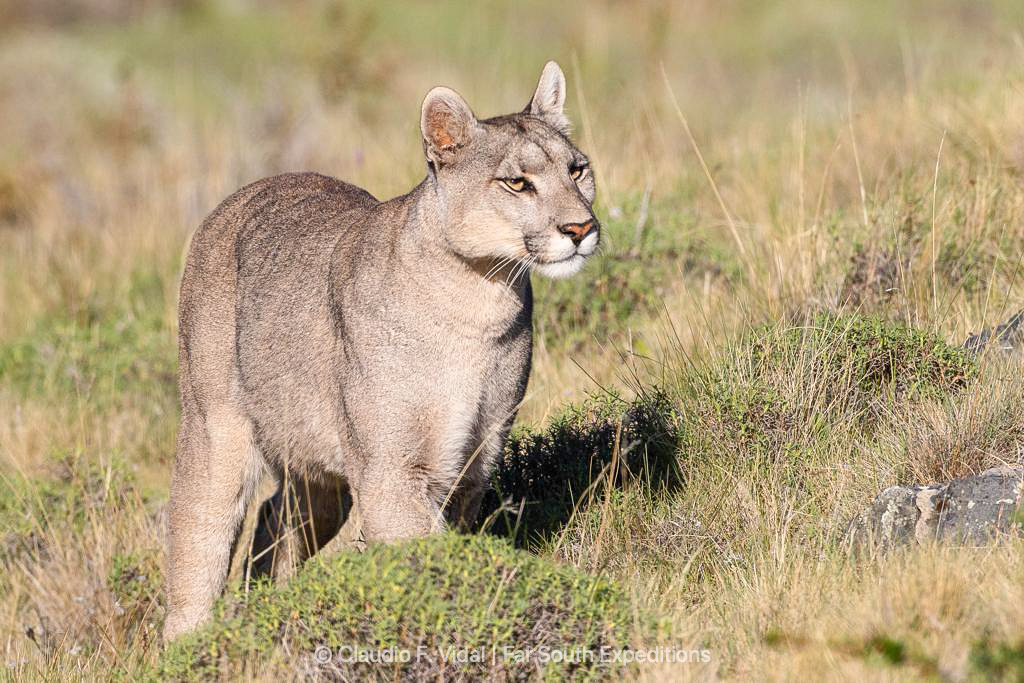
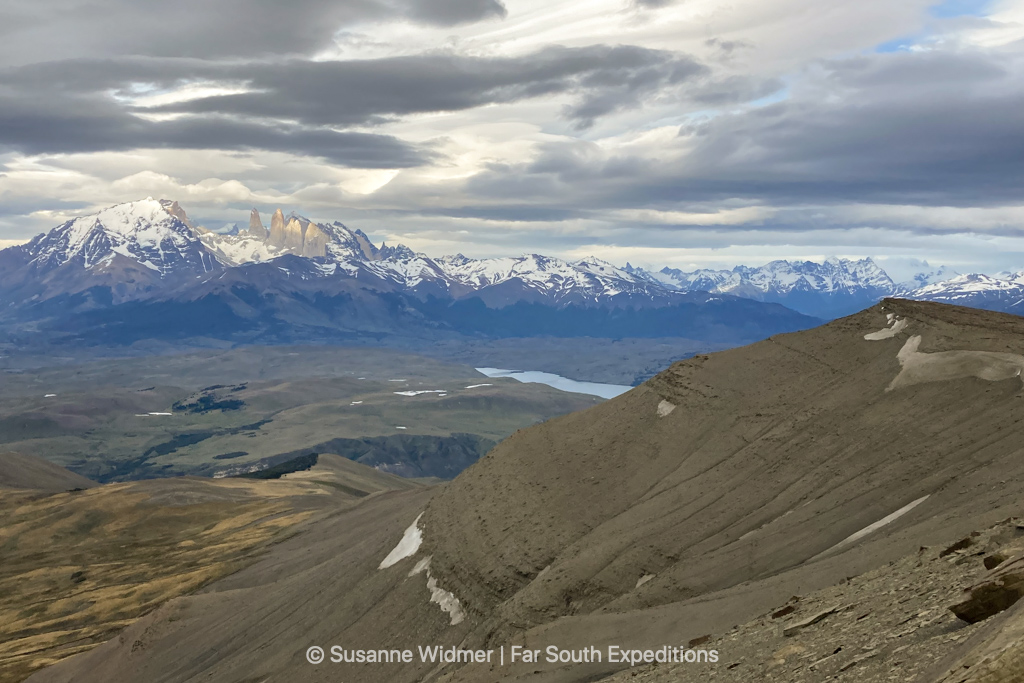
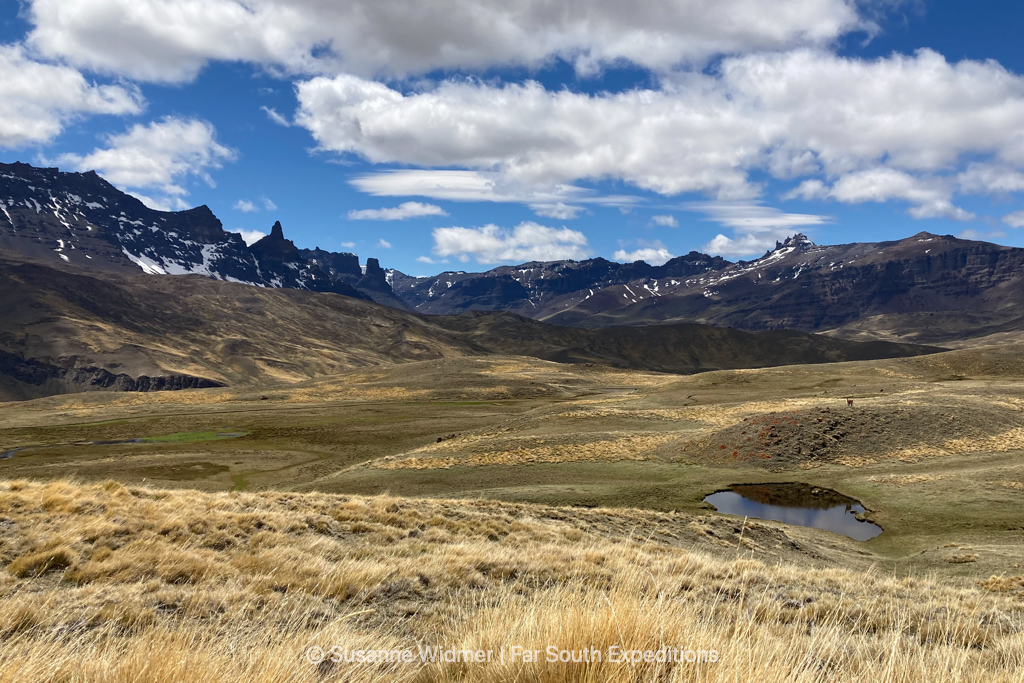
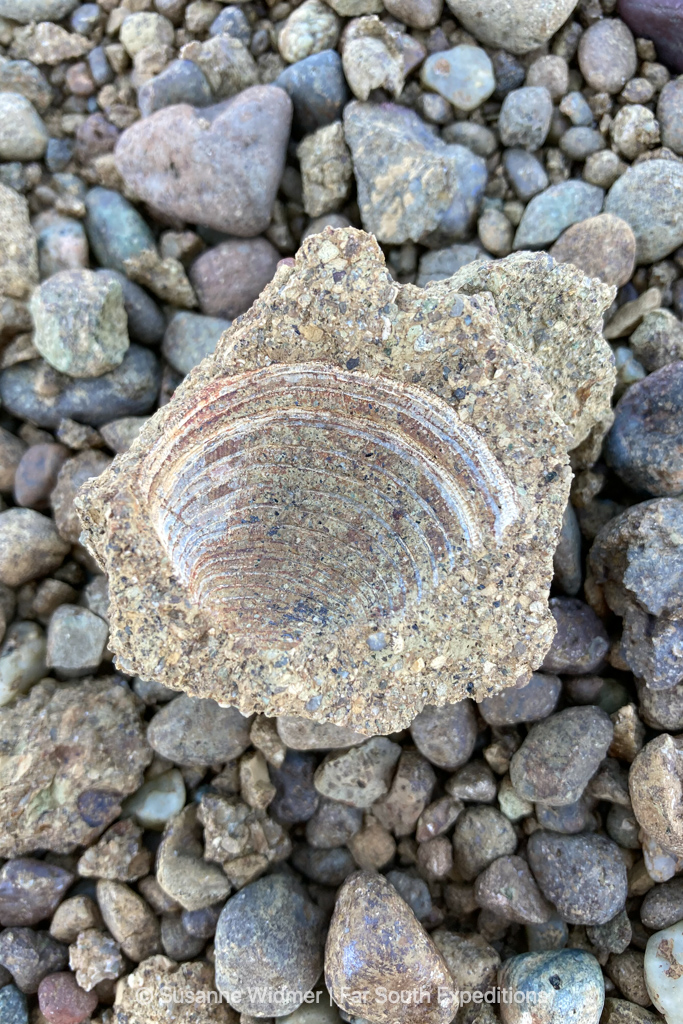

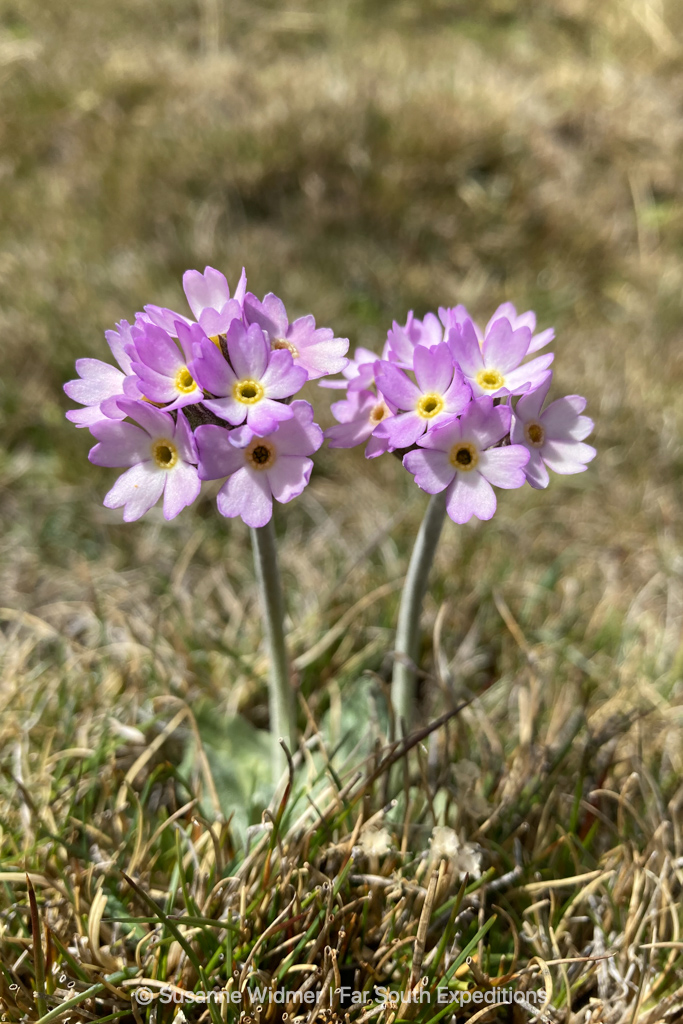
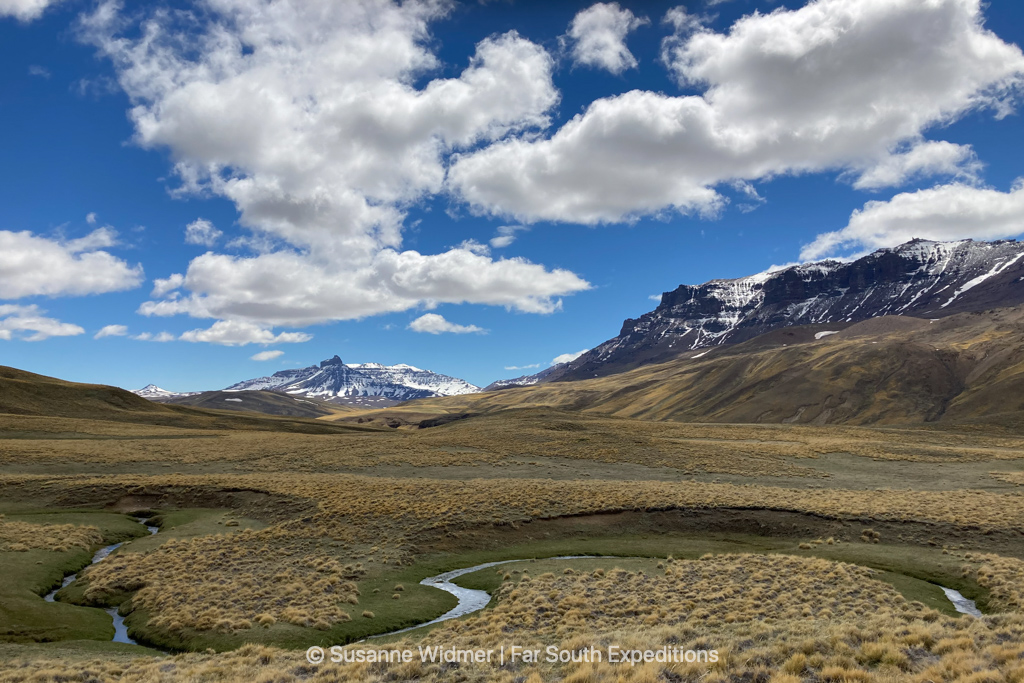
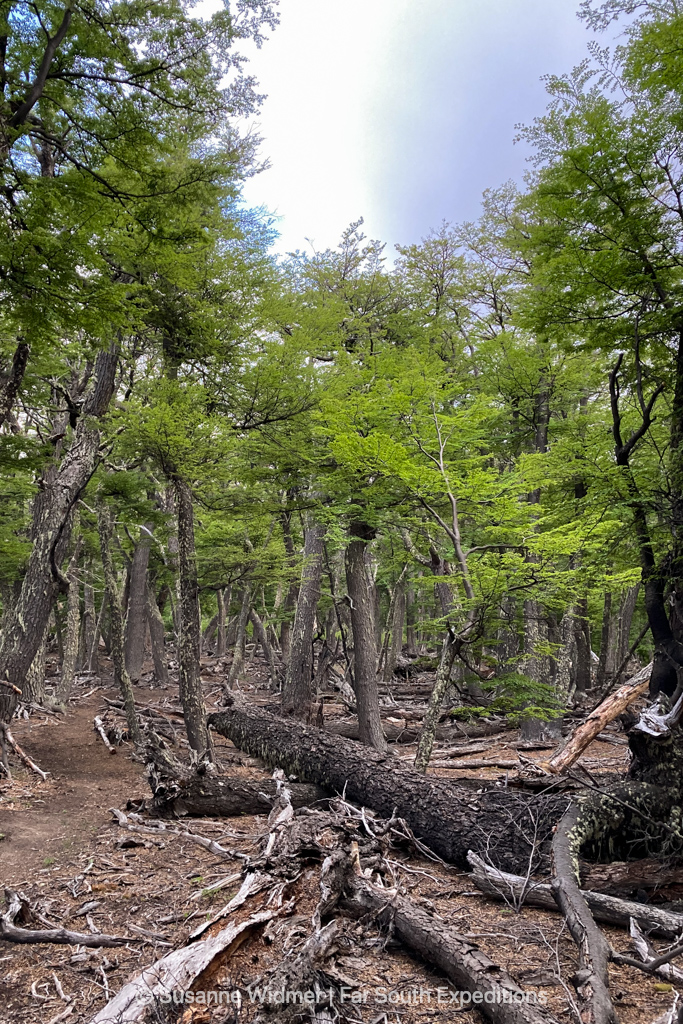
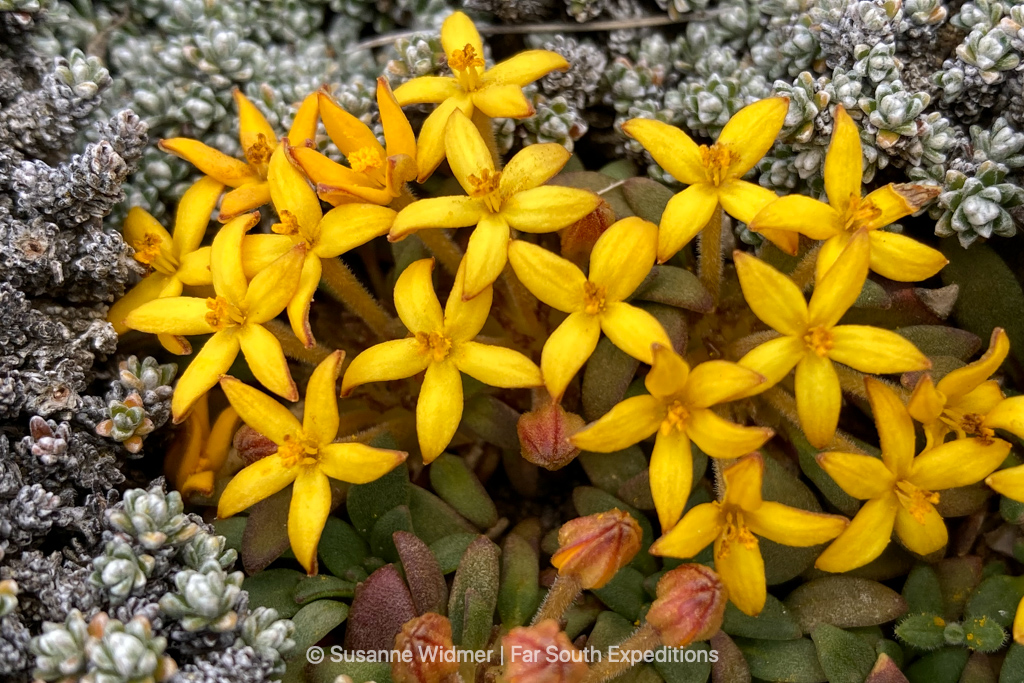
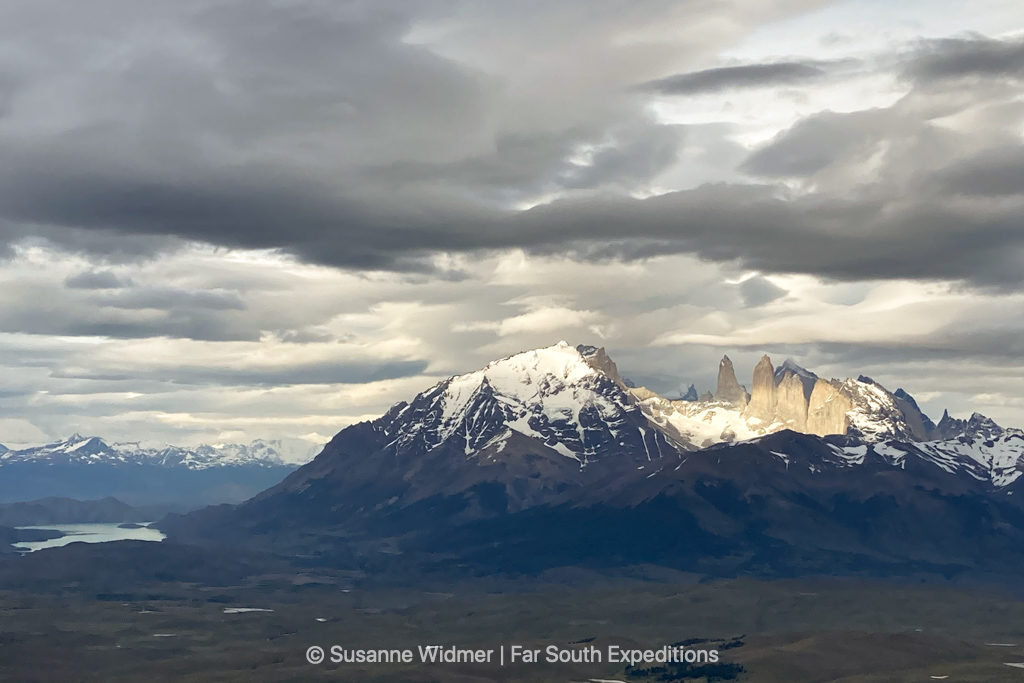
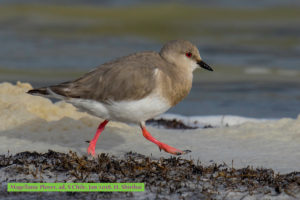
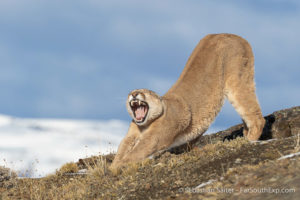
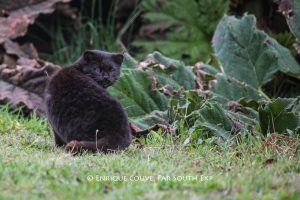



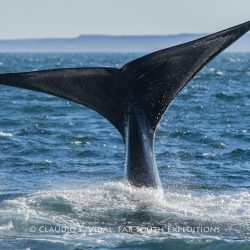

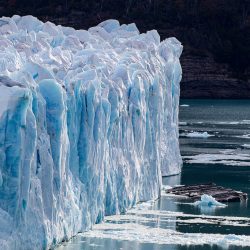

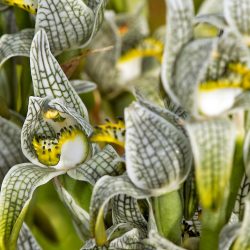
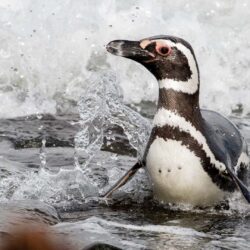

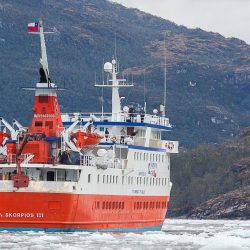

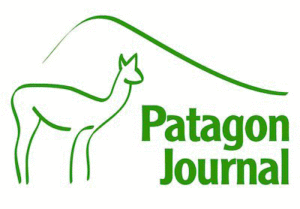
1 Comment
Leave your reply.